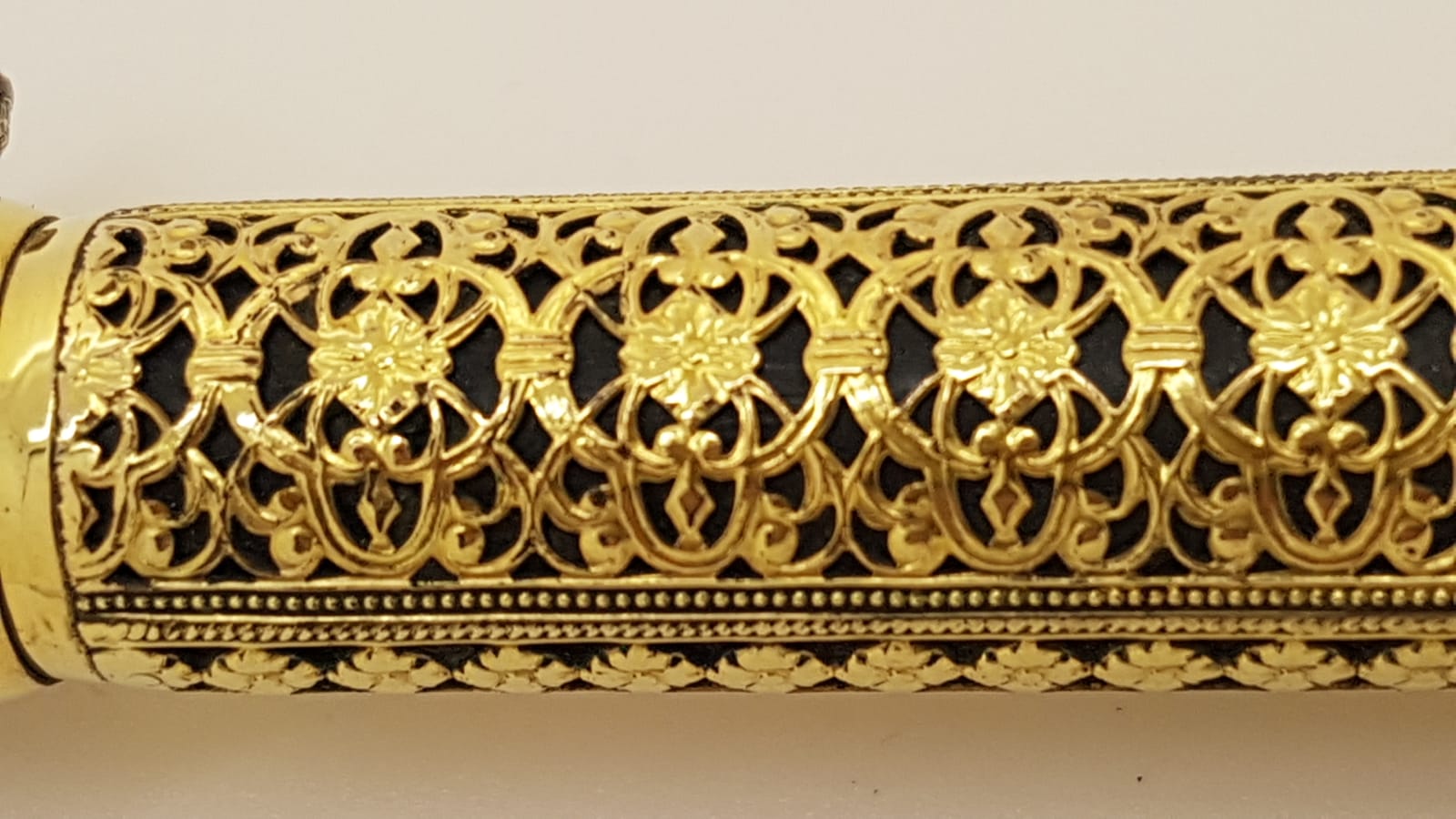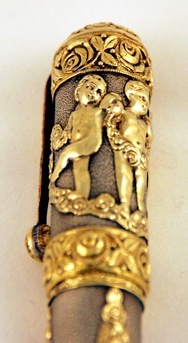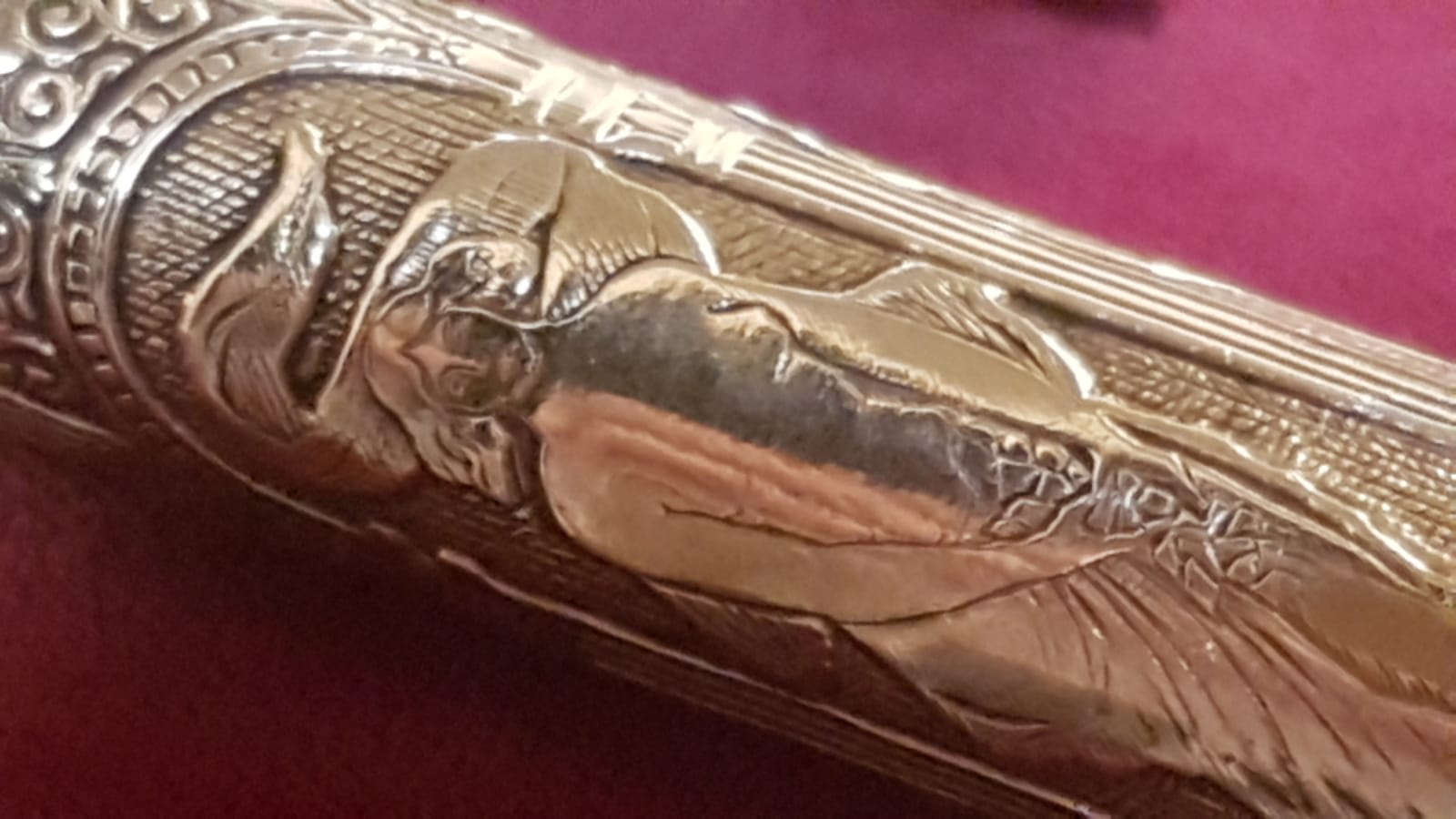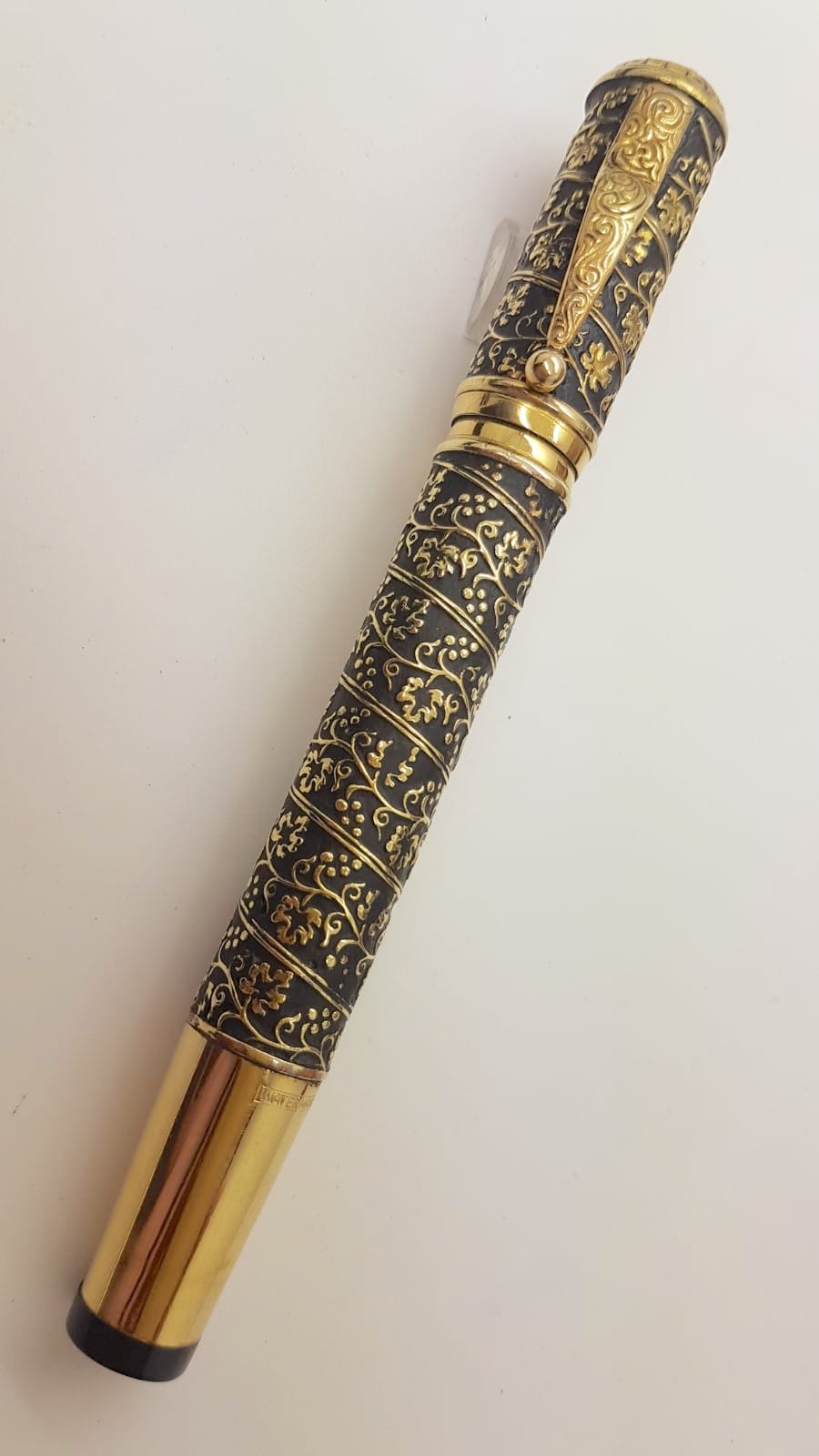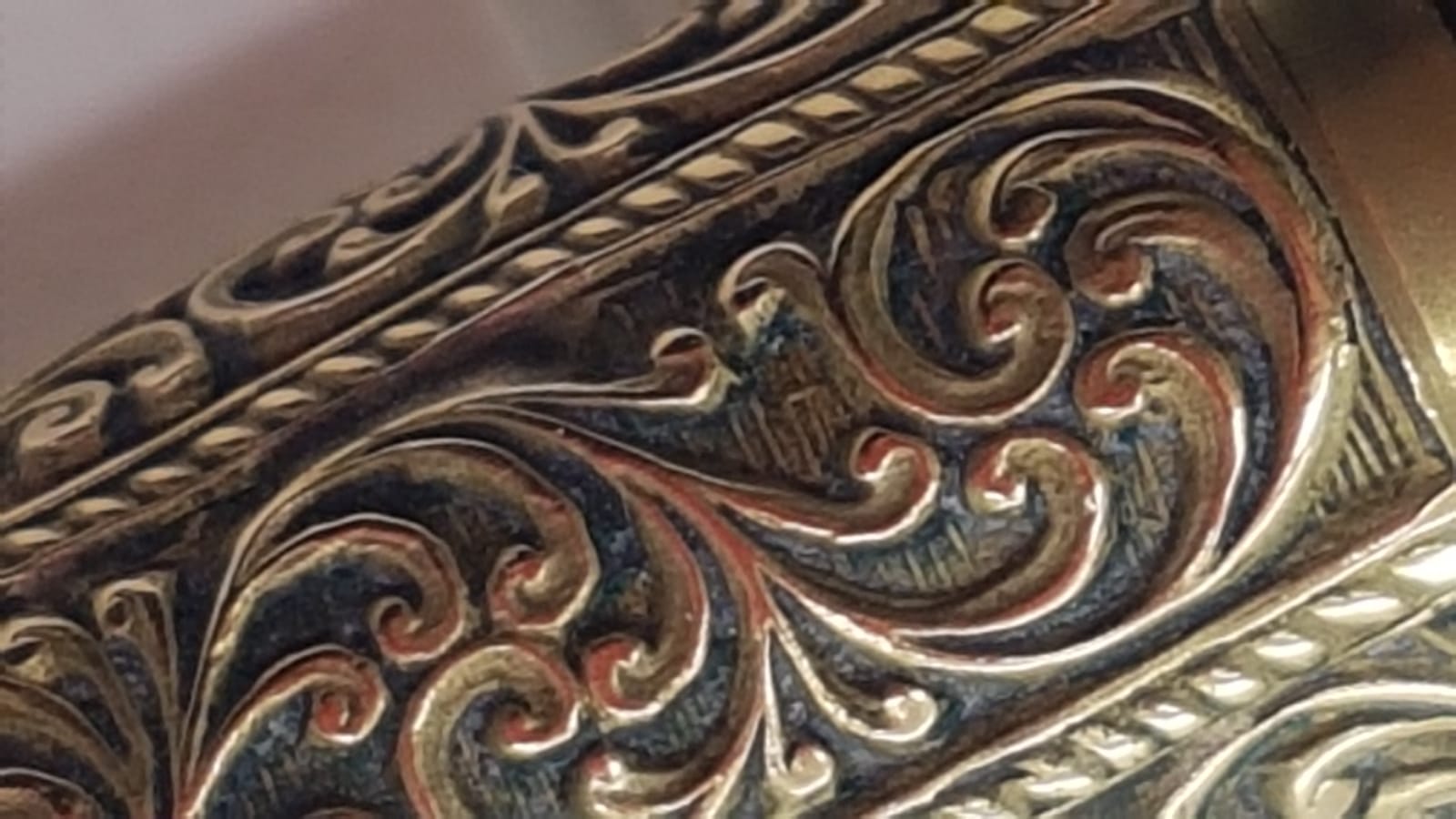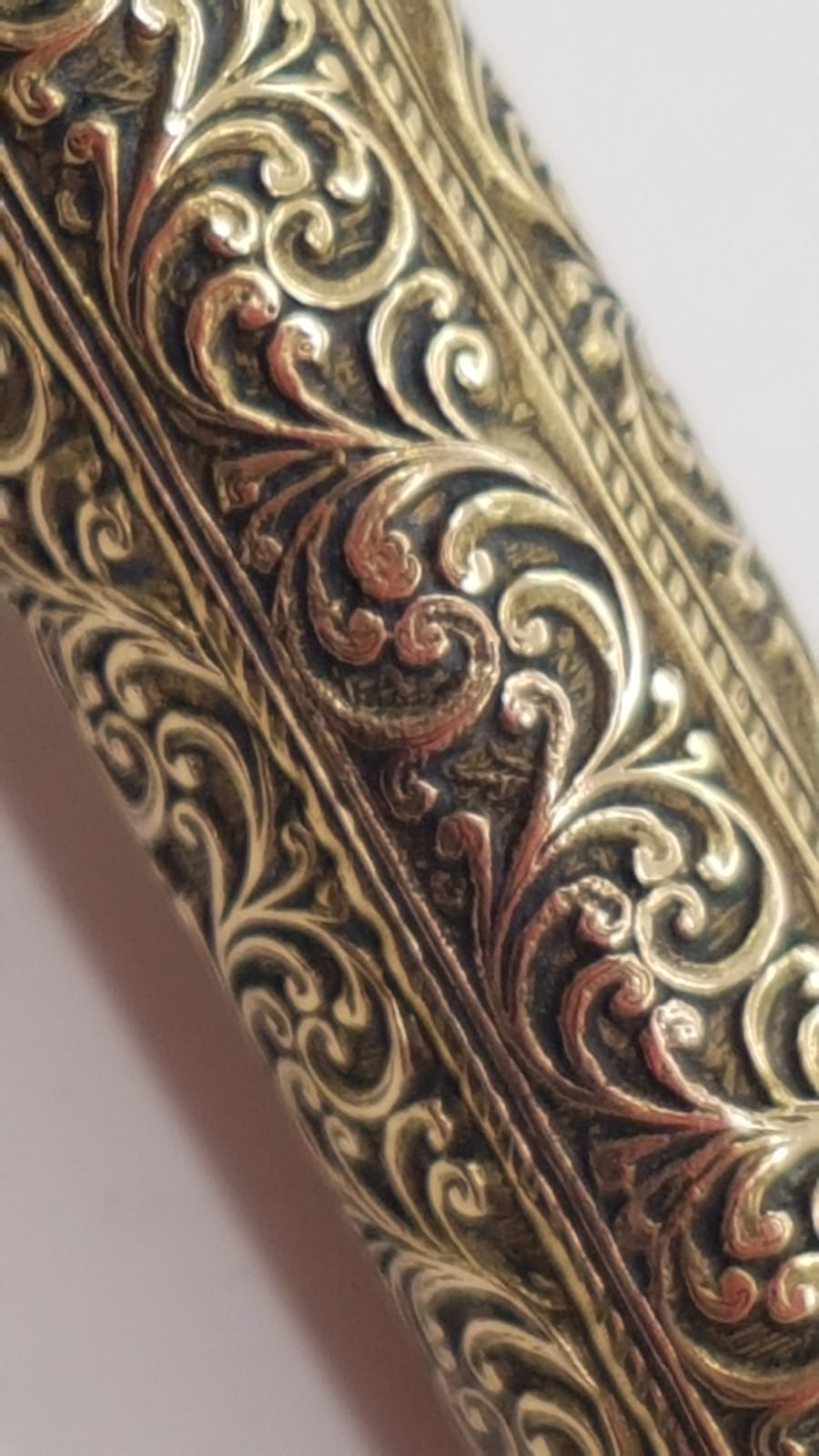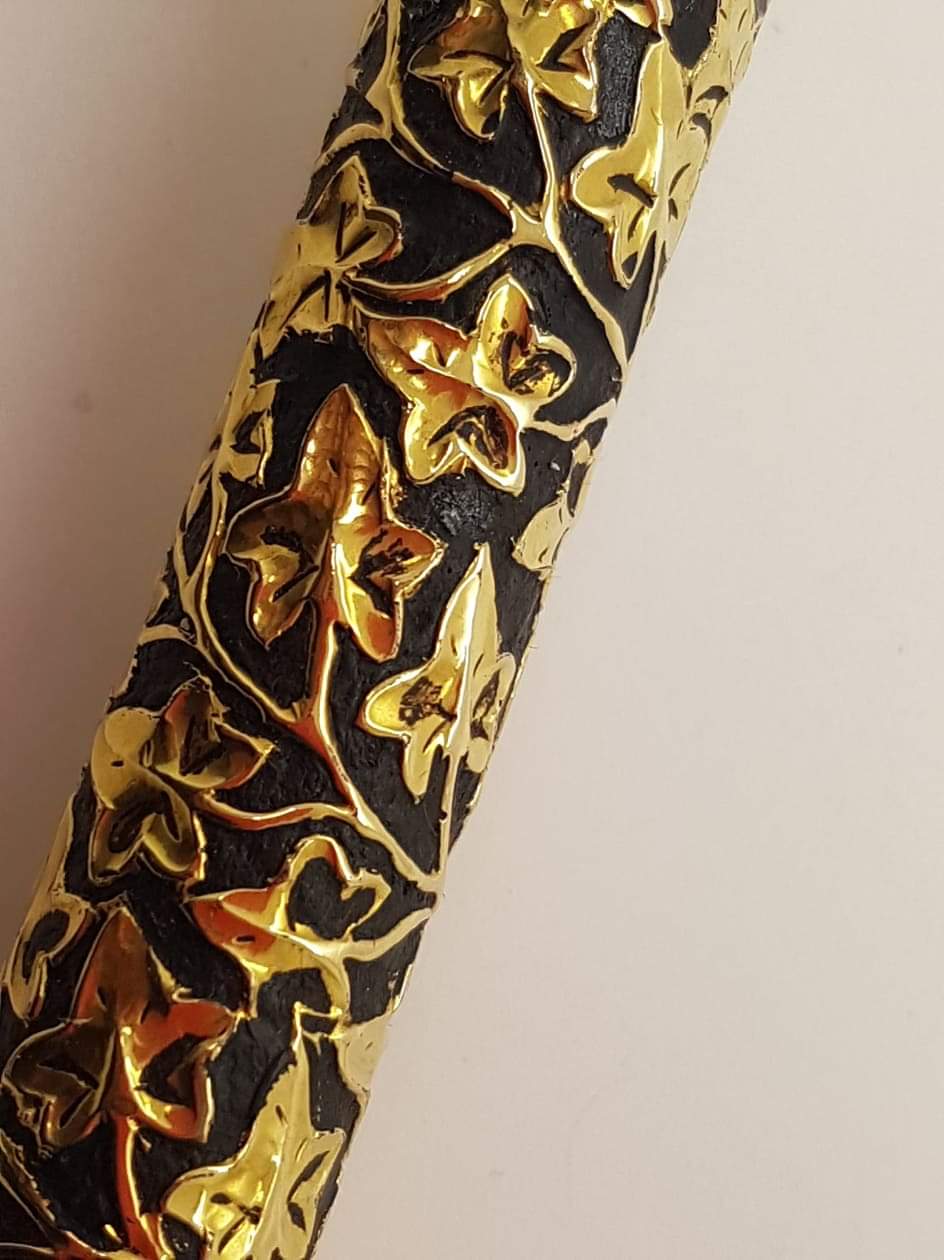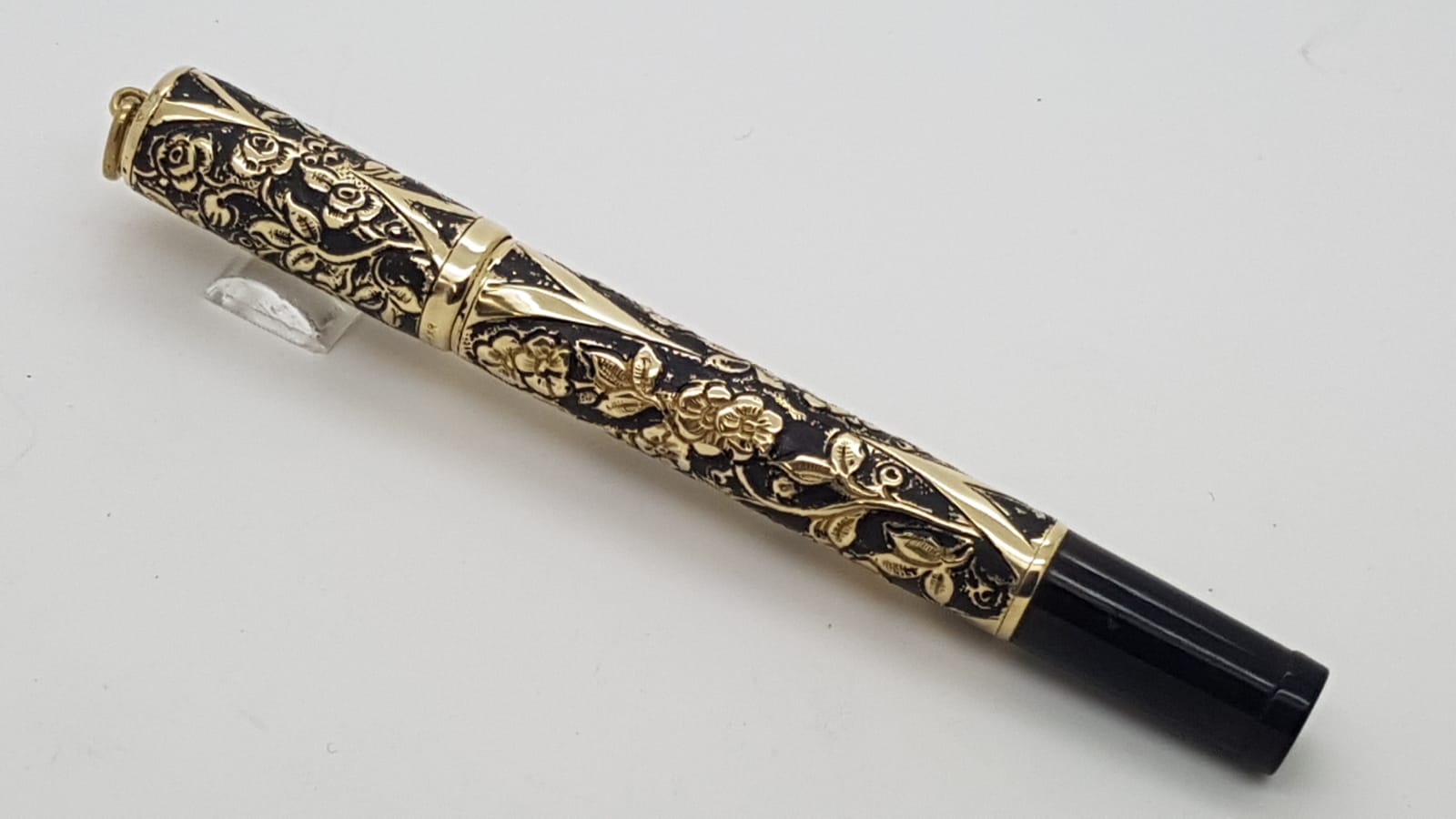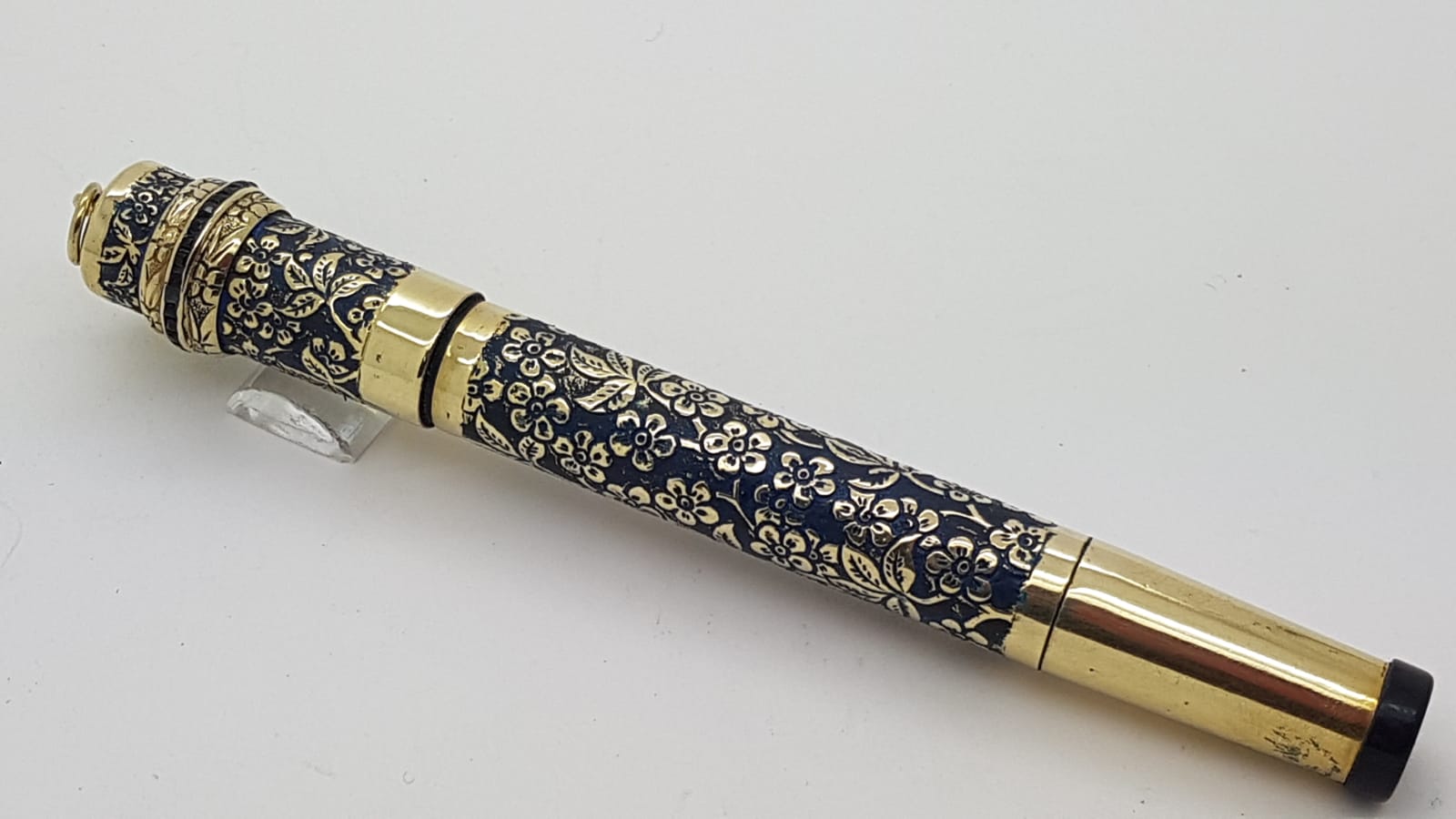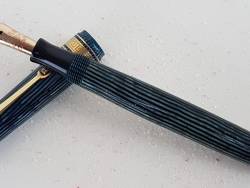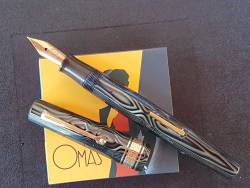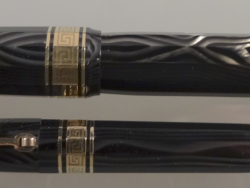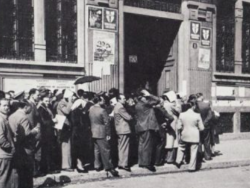WATERMAN IN ITALY UPDATE AND ADDITIONS PART 2
Part 2 deals with the analysis of a few overlays which were not included in the book Waterman in Italy and review of the variations found on filigree and cherub patterns.
Designs such as filigrees, cherubs, leaves and many others may vary a lot according to the time of production and the workshop which manufactured them.
Cherubs, for instance, were widely used on Waterman overlays, both on 4xs and on 5xs, in various sizes and shapes.
Small sized dancing cherubs are often coupled with filigree bands or used in bigger sizes to embellish caps only, or caps and barrels without filigree addition.
The variety of combinations cherubs/filigree bands is pretty wide and depending on the size of cherubs and the pattern of the filigree, the look of pens can remarkably vary.
A number of variations can be found on filigree overlays, too, where the combination of different filigree bands in single tone or two tone gold (white and yellow generally), totally changes the impact of each pen.
In the following pictures a very unusual way of using filigree panels: horizontally on the barrel nd vertically on the cap thus creating a very peculiar overlay.
The famous gun metal overlays with gold filled cherubs exists in at least two versions, with different barrel decoration, different clip (one with a snake and the other with a standard Waterman clip) and different position of the dancing cherubs. A few finishing detail are different, too with rose-decorated bands being used only on the cap and on the cap and the barrel.
The largely famous Pompeiana overlay, exist in at least two versions which show different details in the decoration of the scene. Probably these variations depend on the time of production and /or a different origin of the overlays. The most beautiful and interesting version is signed by Meazza, whose decorative ability and artistic talent was very often used for Waterman overlays.
In my book there are only a few references to these variations. At the time we only had one example of big cherubs against gunmetal background and only one Pompeiana piece.
The same is true for patterns of decoration with a totally black/dark background. Nowadays this is apparently one of the least common and rarest decorative patterns known on Waterman pens.
Actually, a thorough observation of many overlays, shows that this technique was widely used at the time but the mixture used to achieve the aesthetic result was easily taken away by repeated polishing and use.
In the following pictures a rare "closed filigree overlay " before restoration. The details show the rough internal surface of the overlay. Lined, rugged surfaces were meant to enhance the grip of the black mixture on the metal.
Here the same pen after being restored with the addition of the black mixture.
The dark background was primarily used to highlight decoration and to make it more “exotic”. In many cases the black mix was used on clips and cap tops too, to give them a more intense look but it is not uncommon to find entirely blackened/darkened pens.
The dark mixture could be also enriched with color shades, such as blue or red, often to match enamel additions or the color of cabochon stones.
The original composition of the mixture is not totally known but it was basically a kind of matte and sticky tar mixture which could be heated to become semi-liquid and then spread on the surface of the pen. Once solidified again, the excess material could be polished away to obtain a very strong and impressive decorative contrast.
The mixture was widely used in the jewellery craft at the time but once its toxic effects when heated were proven, it was soon abandoned.
This technique which definitely makes the overlay pretty unique is mostly found on Art Nouveau overlays with flowers, leaves and branches of the mid 20s and on the so called “closed filigrees”. It can also be found on small details like floral bands, decorated clips and on cap tops.
Very often the same overlay could be marketed with or without blackening depending on the taste of the reference market.
In the following pictures a very rare example of a floral overlay with decorative band enriched with square sapphires. On this pen the dark mixture was mixed with a bluish addition to match the shade of the decorative stones.
The use of the tar mixture was apparently very common at the time but nowadays this technique has been completely abandoned mostly because of the dangerous side effects of the use of tar.
Pens of this kind are extremely desirable, and it is not so easy to find them in perfect condition. No other models than Waterman 42s are known with overlays of this type.
Credits:
Fabio Balestri, Mario Pinelly, Jor Lin, Lee Chung-Wei Chen Chen Yu, Pat Mohan.






